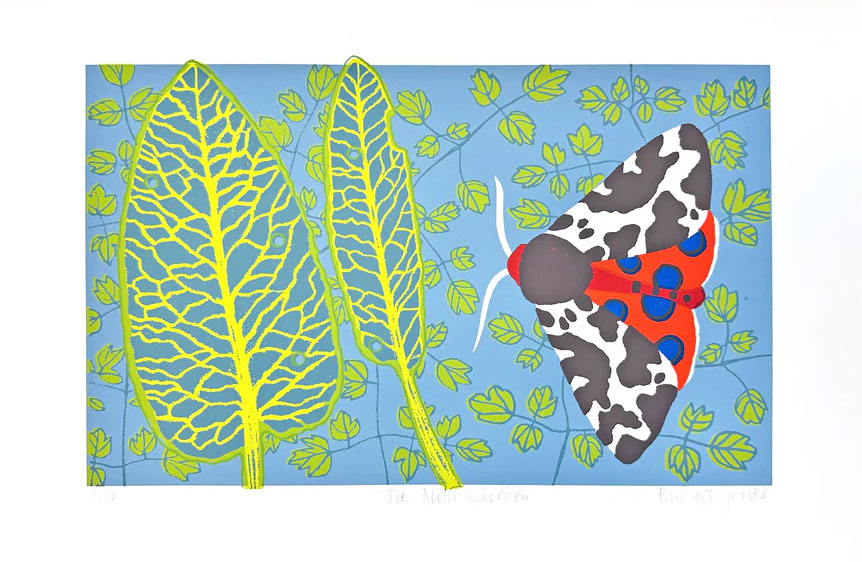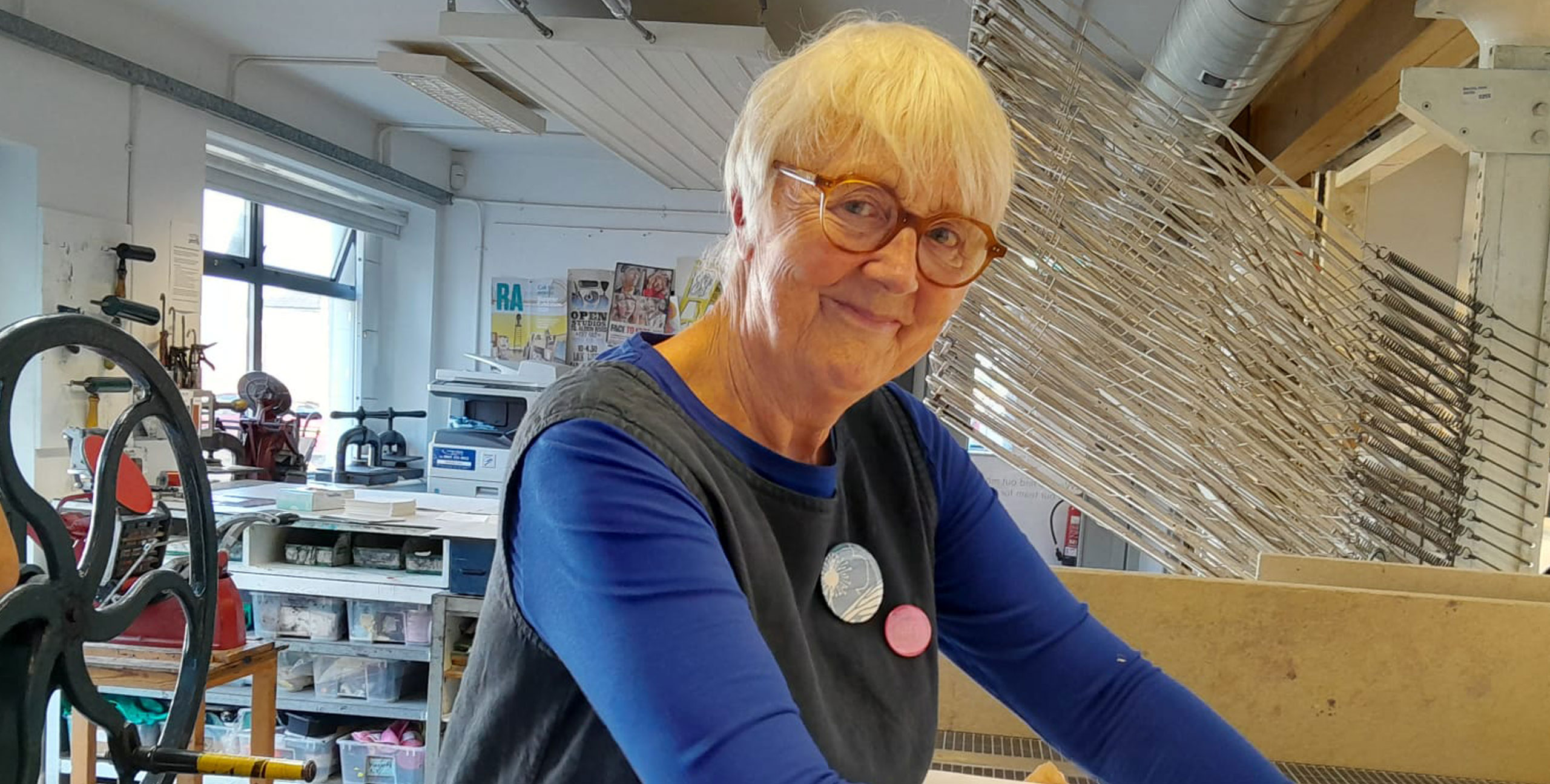The Moth Garden
There are over 2500 larger moth species in the UK.
Moths are in decline, with over 62 becoming extinct in the 20th century, and many others are on the official Red List. Many others haven’t made that list but are still vulnerable. Moths are the canary in the coalmine for the state of our natural environment.
There may be several reasons for their decline. Lack of dark skies, spraying of ‘weedy areas’ with insecticide, use of pesticides, loss of grass to plastic grass and concrete, and climate change.

UK SPECIES
There are over 2,500 species of moths in the UK. They come in different colors and sizes and can be very coloruful.
Species Decline
In the past 50 years, some moth species in the UK have declined by up to 50% due to factors like habitat loss, climate change, and pollution.
Bridget Jones
Watch a video about what inspired Bridget to choose the moth for her entry into the Endless Forms, Most Beautiful exhibition and what inspires her to make print.
Bridget MAKES PRINTS USING A TECHNIQUE CALLED SCREENPRINTING. THIS INVOLVES APPLYING INK THROUGH A MESH SCREEN WITH A SQUEEGEE
The Life Cycle of a Moth
Moths undergo a fascinating transformation called metamorphosis. Their life cycle includes four stages: egg, larva (caterpillar), pupa (cocoon), and adult. Some moth species can complete this cycle in just a few weeks, while others may take several months to a year, depending on the species and environmental conditions.
Get Involved!
Check out some examples below:
Report Sitings
If. you see a red squirrel in the wild you can report the siting to XYZ.
Nut Aware!
Grey squirrels love to feed on bird nuts, be sure to use correct devices
Share the word
Everything is better together, spread the news to your family and friends
Get Creative
Find out more
Check out these moth related links:



